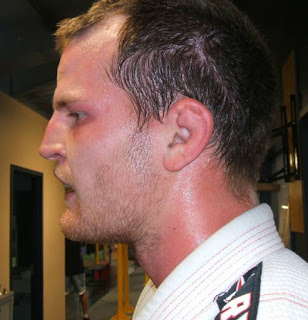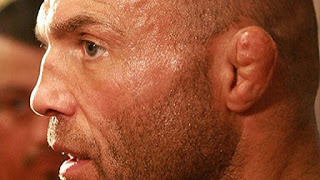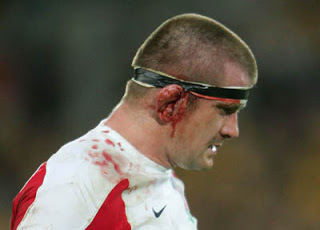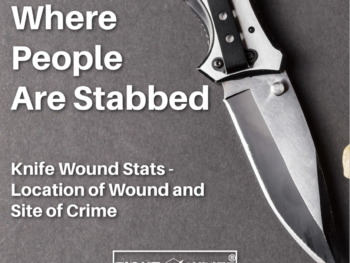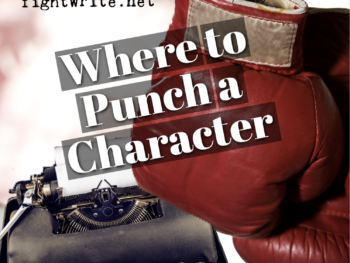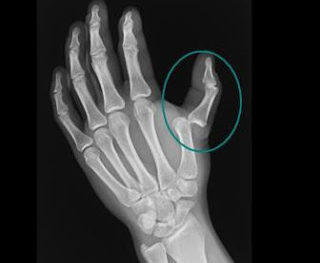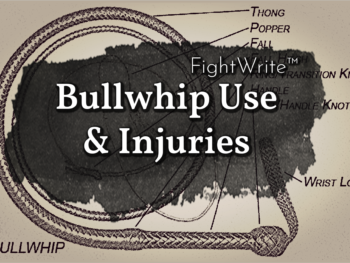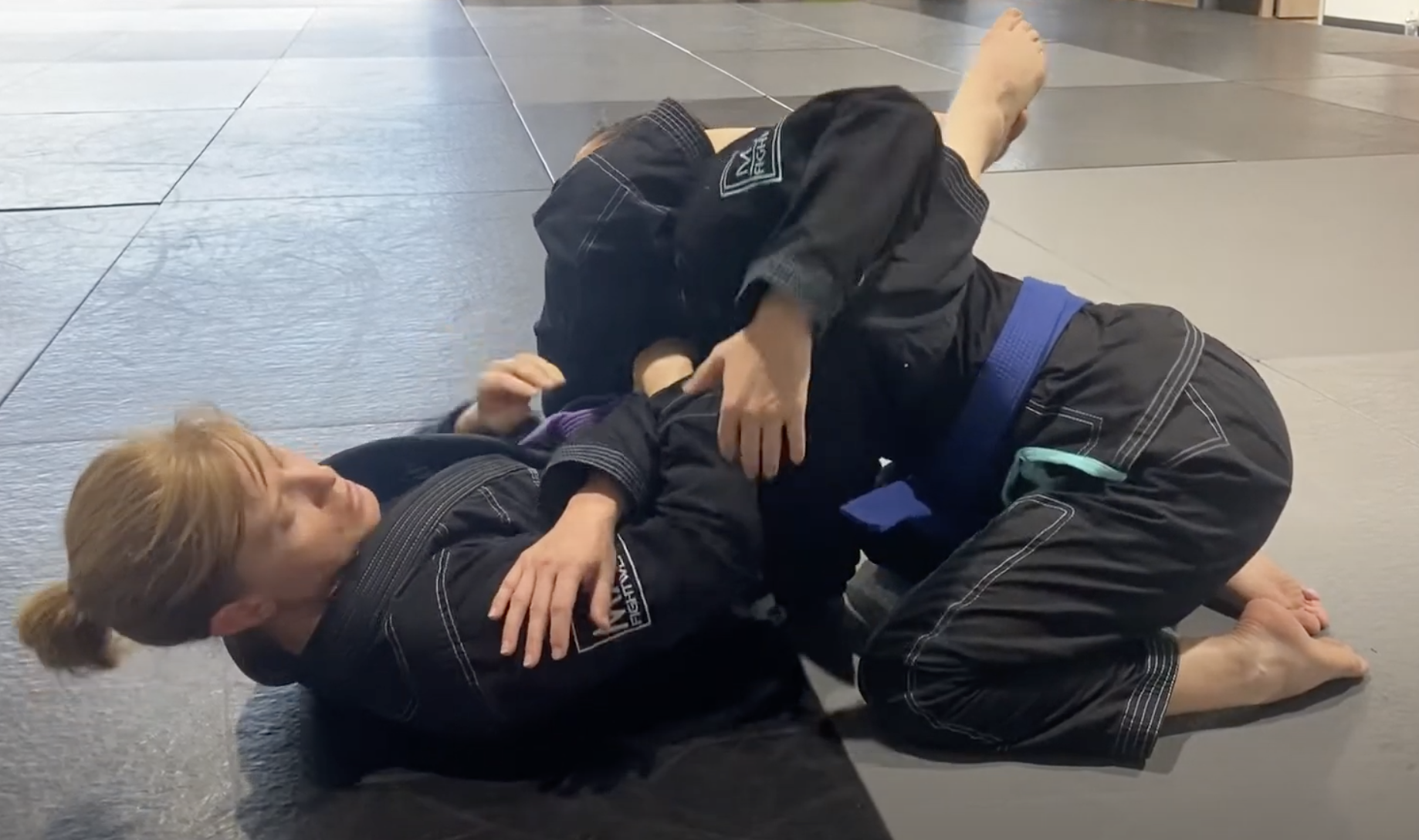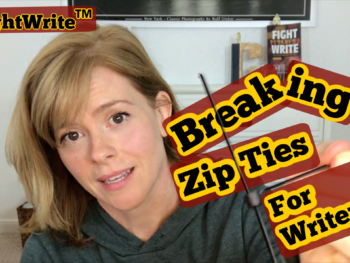Cauliflower ear is the result of a blunt trauma to the ear or repeated
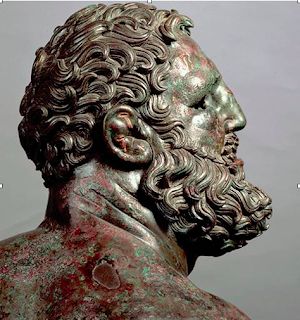 |
| Boxer at Rest, Greece, ca. 300 BC |
roughing such as you have in rugby, wrestling, jiujitsu and judo. The pericardium of the ear separates from the cartilage and swelling occurs as blood fills the space. If not drained, within 7-10 days it will harden and cause the ear to look puffy, misshapen and have the appearance that some liken to a cauliflower. As one might imagine, this condition hurts quite a bit. I know from experience and mine was only puffy. However, after hardening, it doesn’t hurt a bit.
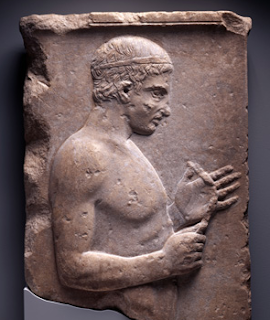 |
| Stele of Glaukotas, Greece, ca. 470-460 BC The name Glaukatos means – he with blue ears |
It is completely reasonable for the warriors in your story to have cauliflower ears even if they fight in full armor. While wearing a helmet, if one is hit hard on the side of the head enough, the ear would likely be traumatized. Also, the repeated putting on and taking off of a tight helmet would just as easily, over time, cause it as well. If undrained and allowed to harden, the effected cartilage is more brittle and easier to tear. (I know, gross. I have seen an ear nearly torn away because of the condition.)
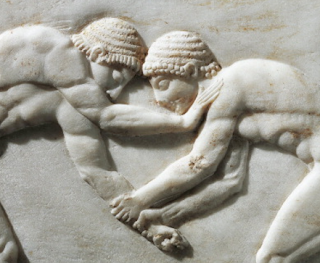 |
| Greece ca. 510-500 BC – cauliflower ears on both |
The first line of defense is ice and compression. If fluid remains, it will need to be removed. This can be done with a syringe or blade. The latter should be done by a doctor as it increases risk of infection. (Oh, I can hear the wheels in your brains turning with the word, “infection”.) Once drained, you have to keep the area sandwiched so the fluid can’t get back in there. An older remedy is to sew a large button into the ear cartilage. True story. Don’t believe me, talk to any rugby player over fifty.
Here’s a video on cauliflower ear care from JiuJitsuHustle.
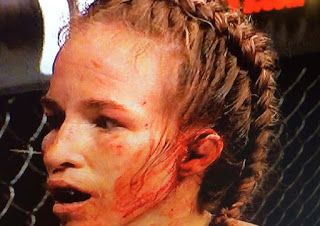 |
| I saw this fight. The girl’s ear was literally flapping as she moved. The fight was stopped due to the injury for fear her ear would be torn off. |


